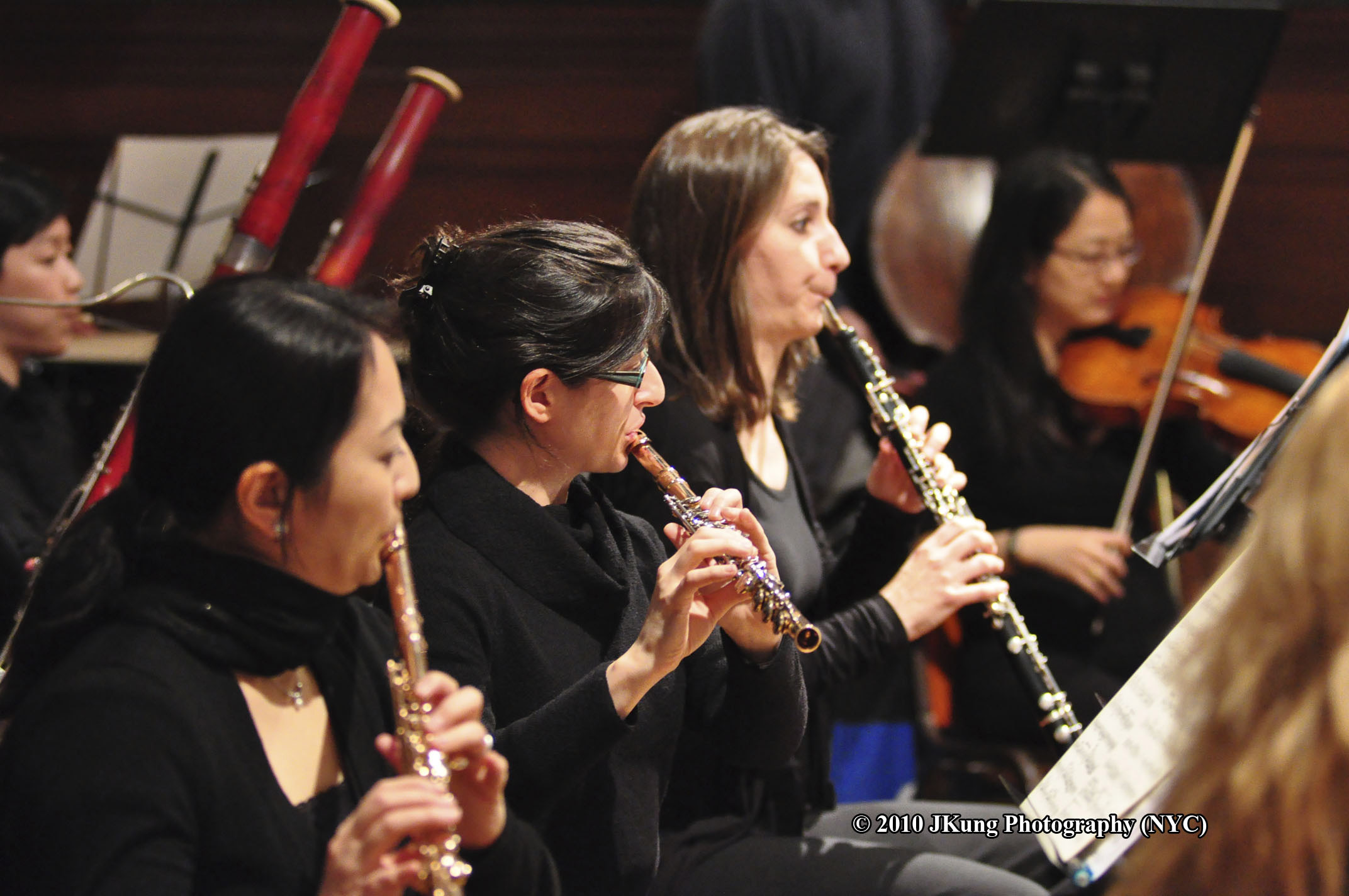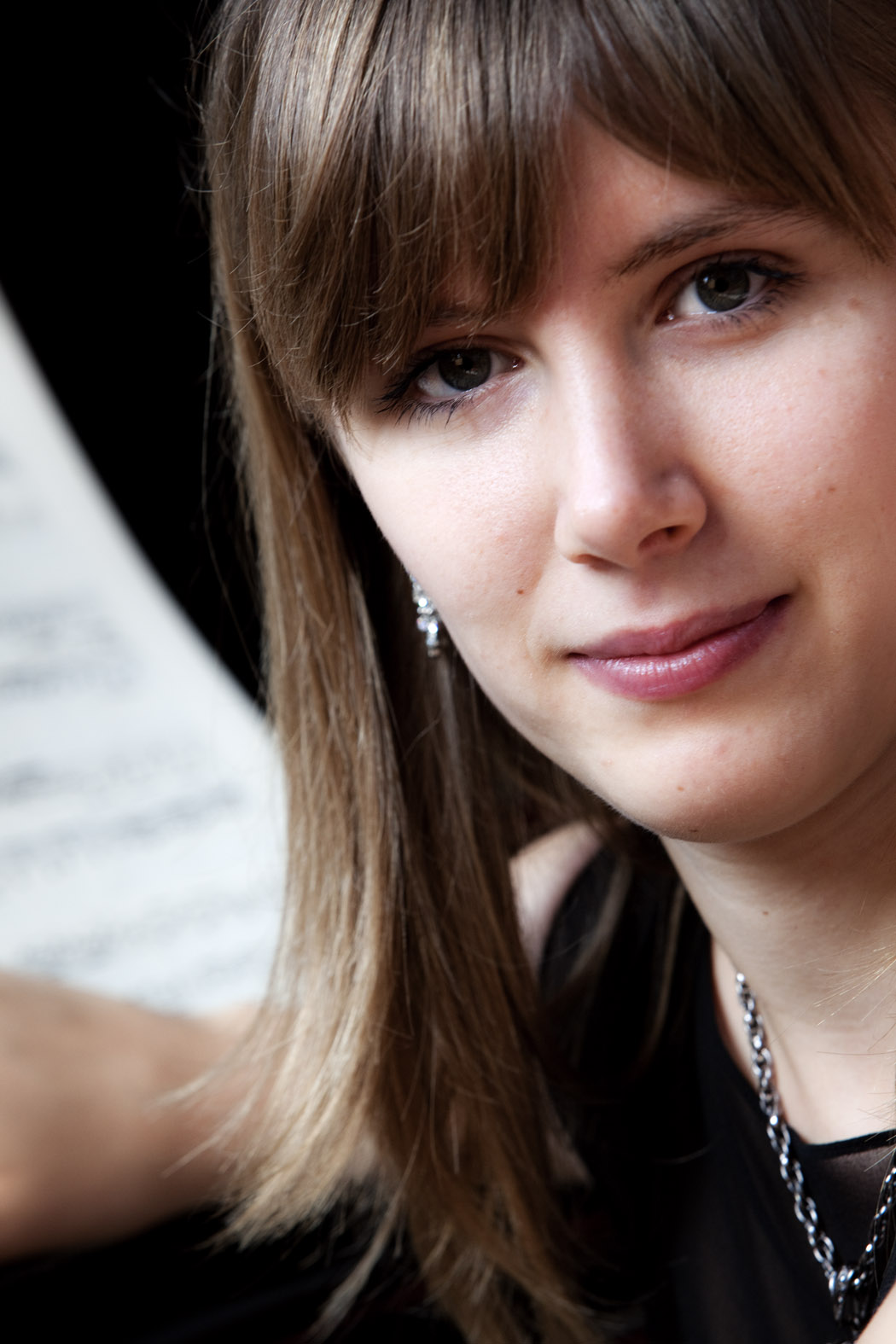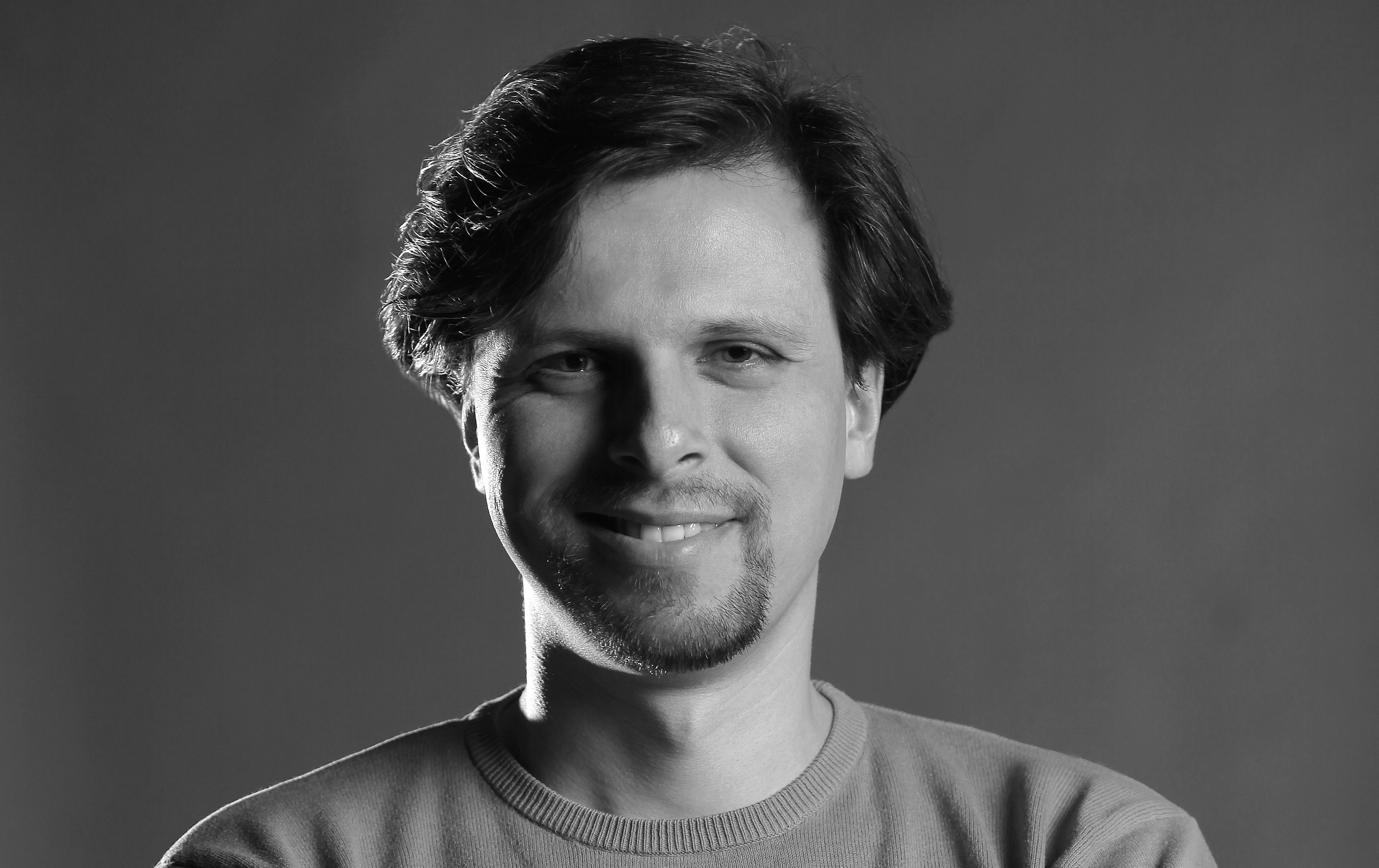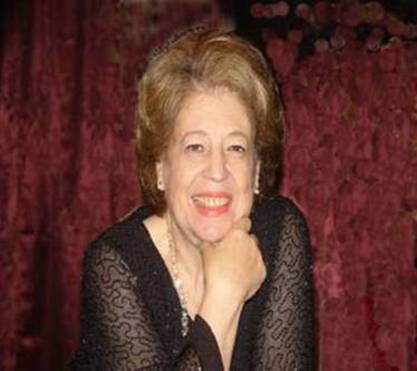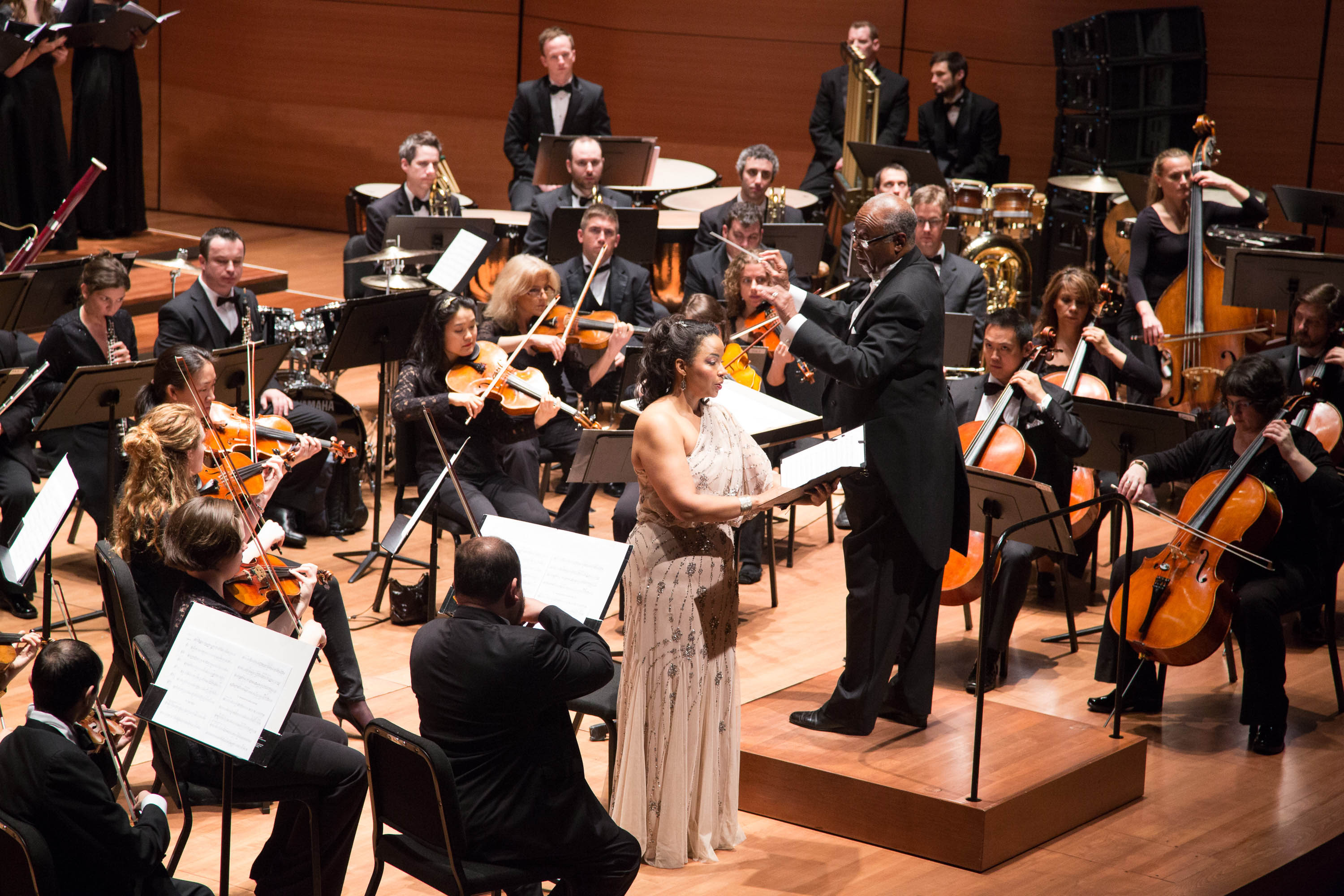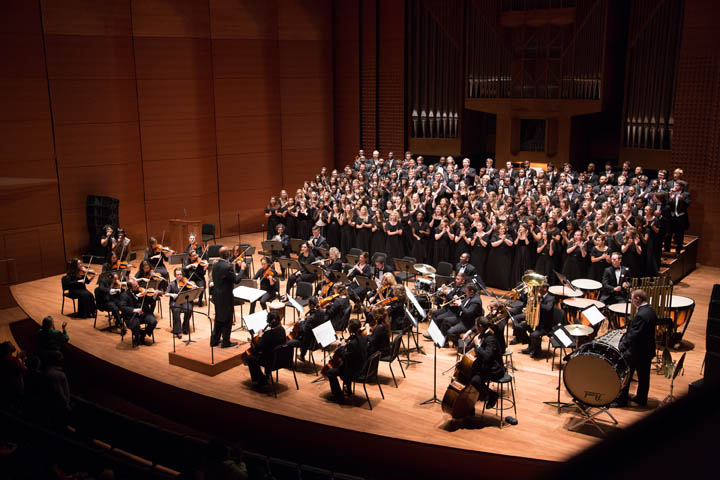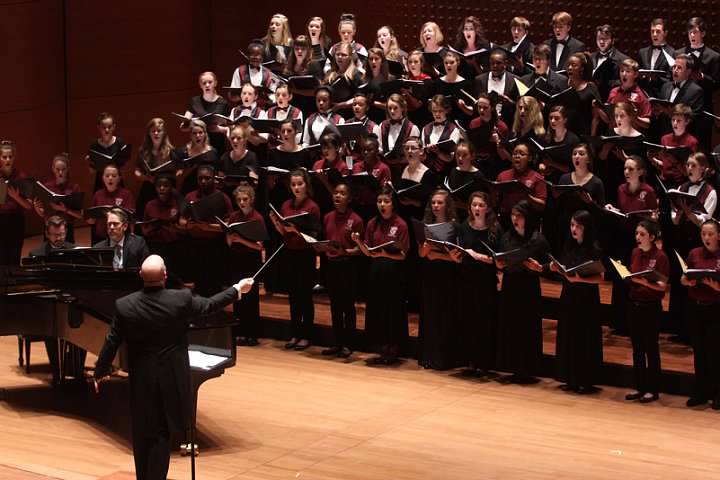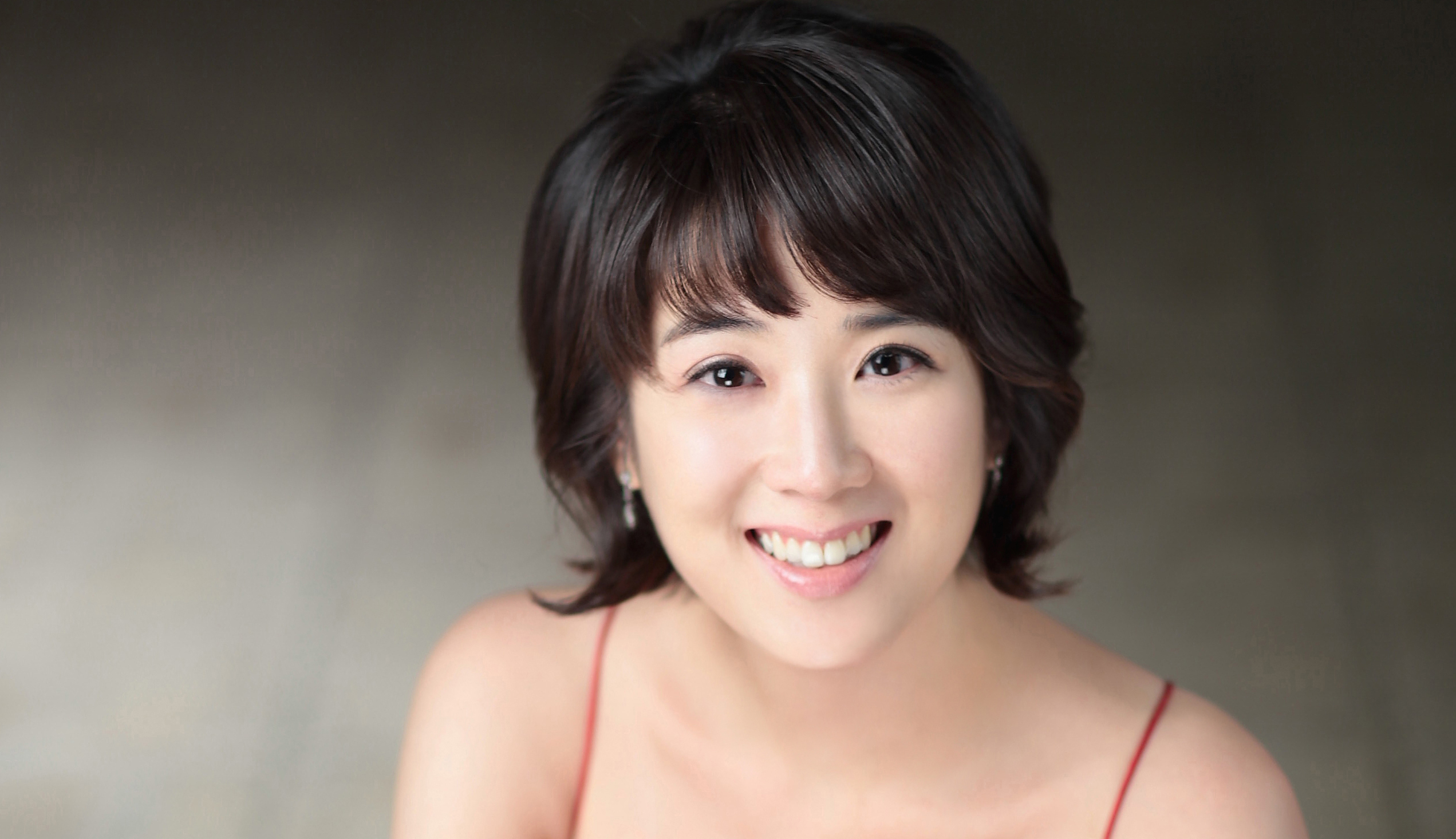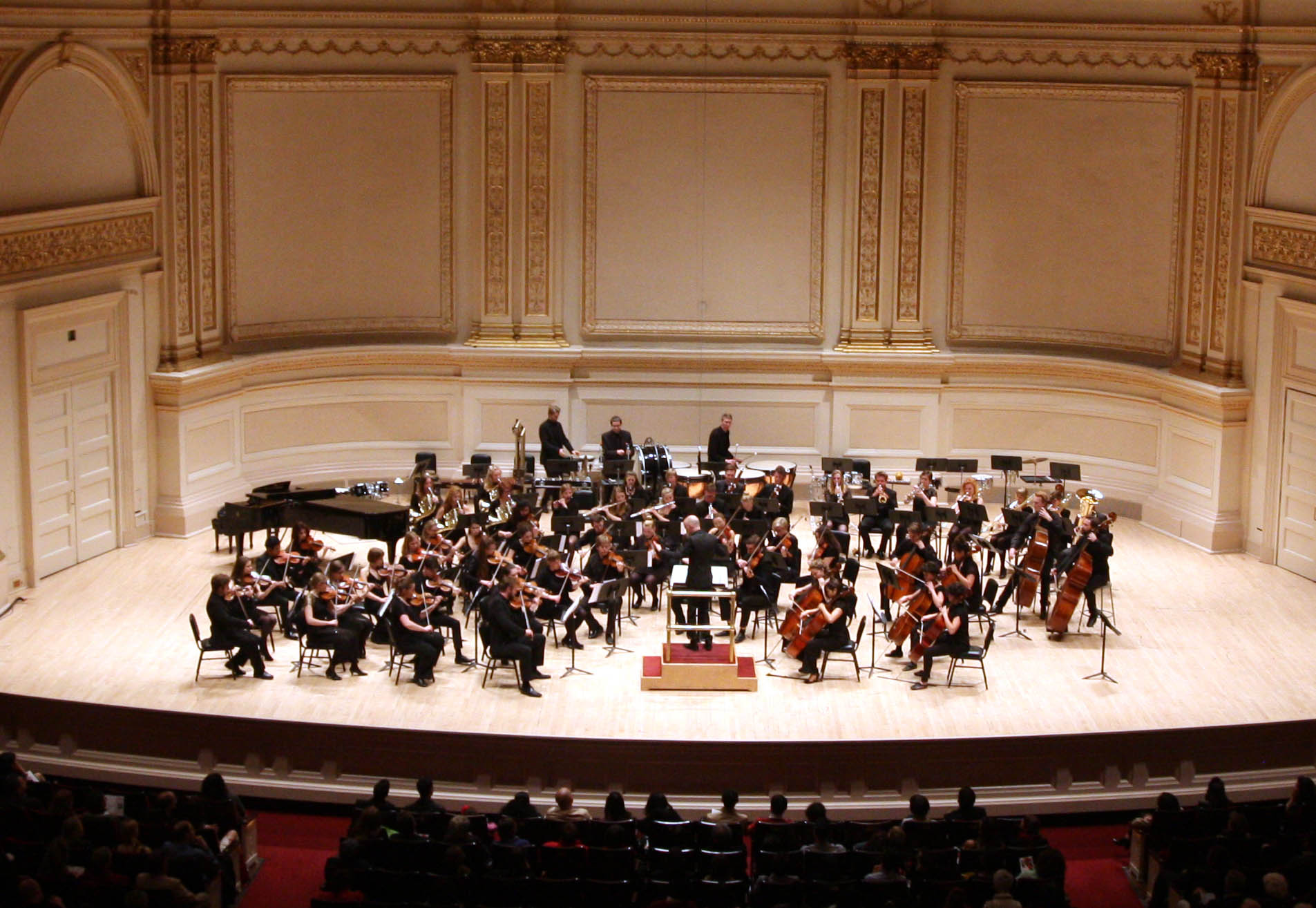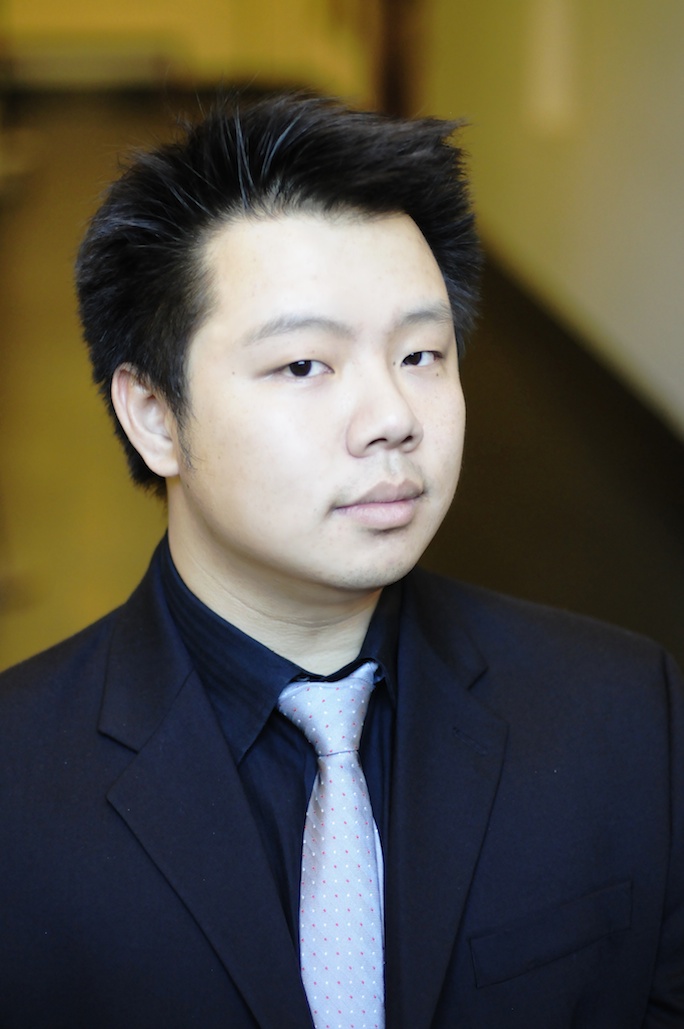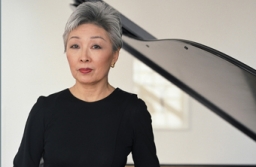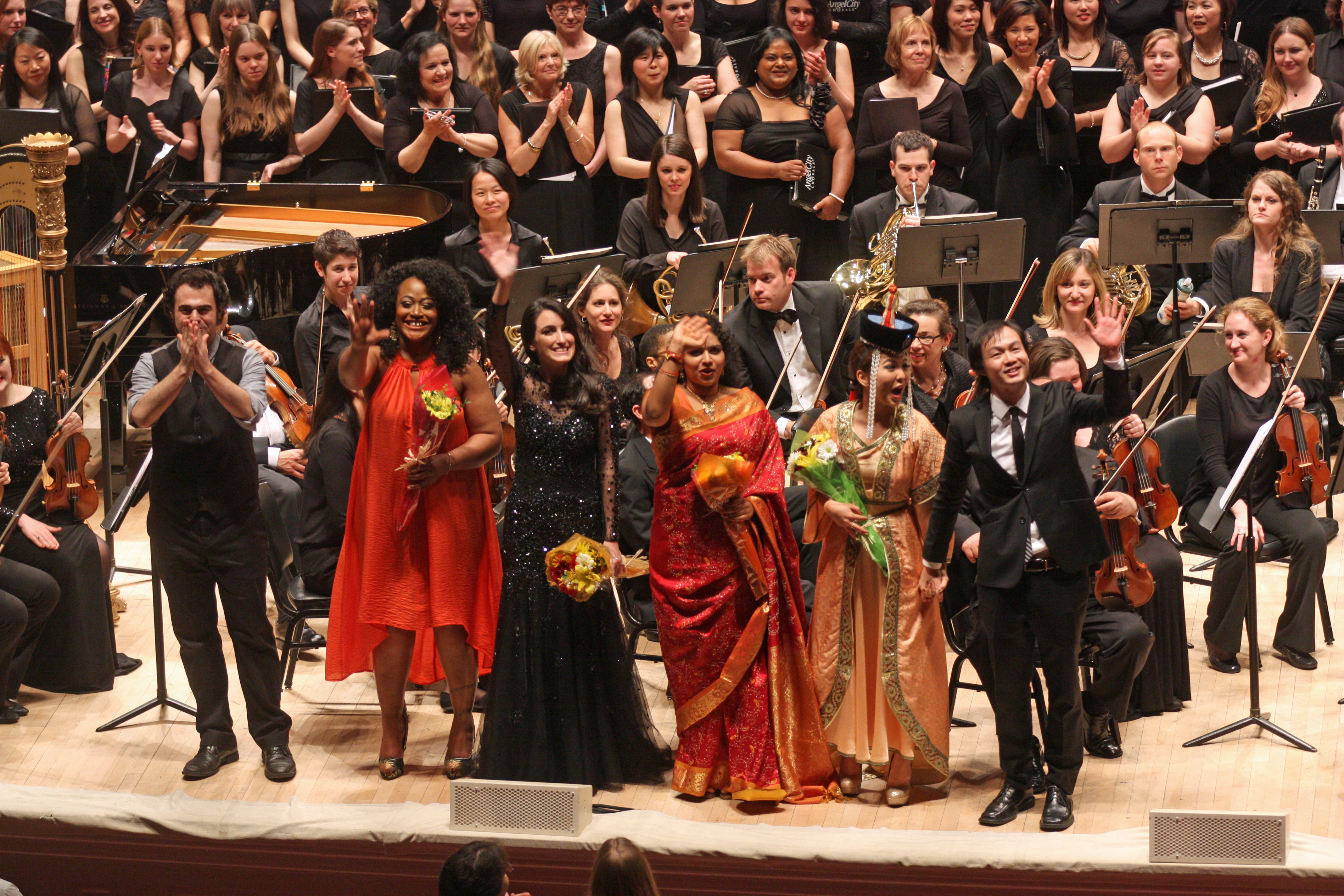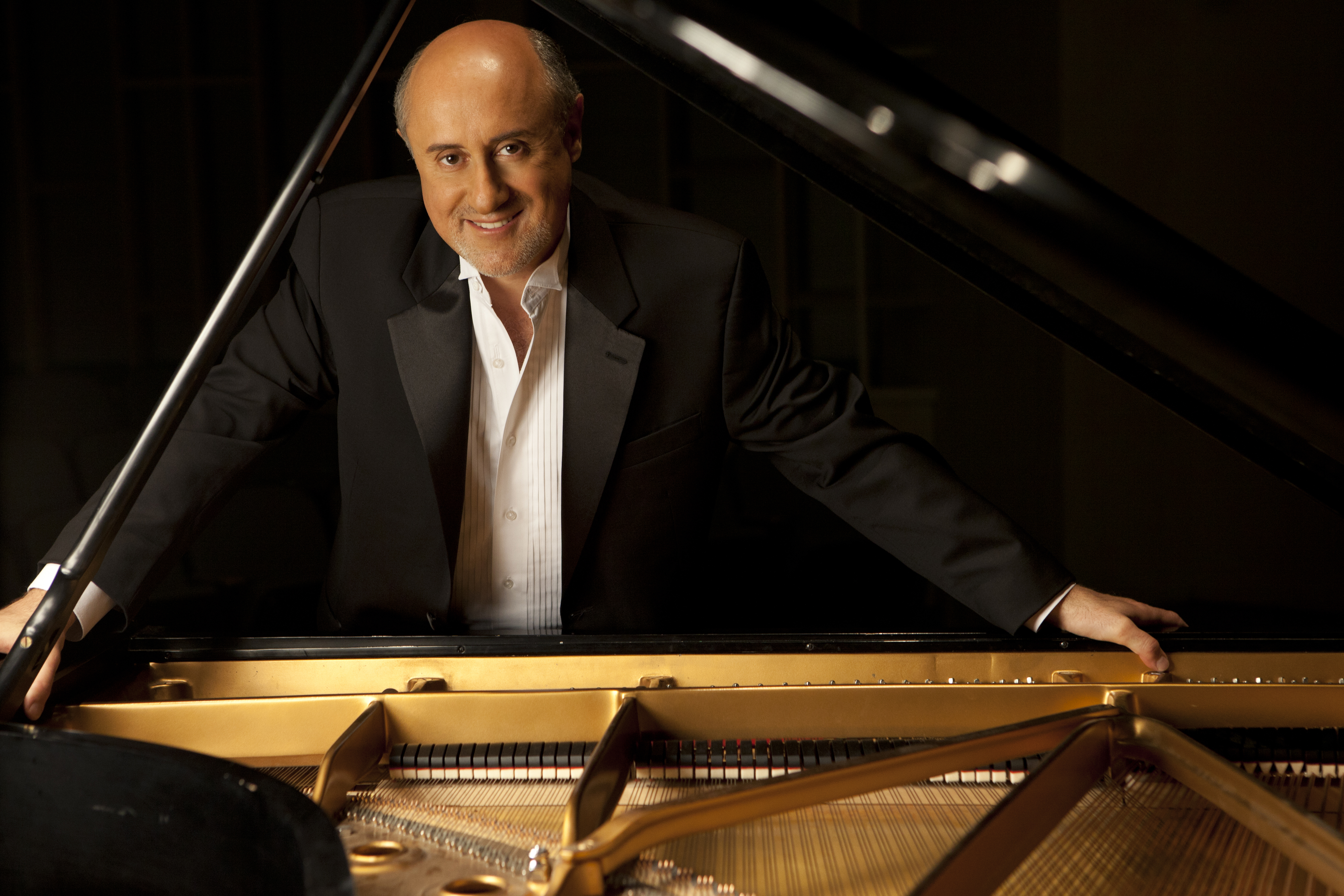Distinguished Concerts International New York (DCINY) presents Bridges to the Future
The University of Southern Denmark Symphony Orchestra, Saul Zaks, director
Hershey Symphony Orchestra, Sandra Dackow, director
Stern Auditorium at Carnegie Hall, New York, NY
April 22, 2014
Distinguished Concerts International New York (DCINY) is justly renowned for presenting groups and performers from around the world in New York’s famous concert halls – and to enthusiastic audiences. On April 22, DCINY presented not one, but two orchestras, the University of Southern Denmark Symphony Orchestra and the Hershey Symphony Orchestra in a concert entitled “Bridges to the Future.”
The University of Southern Denmark Symphony Orchestra took to the stage to start the concert. “Dance of the Cocks” from the opera Maskarade (Masquerade) by Carl Nielsen (1865-1931) was the first piece. What could be more natural than a Danish orchestra playing a selection from Denmark’s national opera and from the pen of the man most consider to be Denmark’s greatest composer? This spirited piece was played with an extroverted and expansive sound, from the bold, decisive attacks in the opening bars to the rousing finish. The string section was especially strong in some very fine ensemble playing. The winds had moments of less than precise playing, but the overall effect was excellent. Conductor Saul Zaks led with a steady hand, never allowing the exuberance of Nielsen’s conception to become overblown.
Following the Nielsen was the Piano Concerto in A minor, Op. 16, by Edvard Grieg. Of course Grieg was Norwegian, not Danish, but one can make allowances for the Scandinavian connection. Christian Skovgaard Flarup was the un-credited soloist (this I was able to figure out from the personnel listing of the orchestra and connecting his appearance at the piano in a later work). In what can only be described as a curious choice, the first two movements were the only ones played. I am familiar with the idea of playing a single movement of a concerto (usually as a time-saver or time-filler, or for a young artist to play with orchestra as a special reward), but to offer two movements, while omitting the third strikes me as a poor decision. One can speculate on the reasons for this – the most plausible (based on a last-minute quality to the performance) might be that the soloist had not as yet mastered the finale. The net effect spoiled the work, and it would have been better either to omit the second movement as well or to have not played the work at all. There were moments in the first movement when orchestra and soloist were out of synch, but Maestro Zaks worked very diligently to keep everyone together. Mr. Flarup gave a credible performance, but the cadenza in the first movement was played with excessive caution, which stripped all the drama away. He has undeniable talent, but there is still much work to do, based on this concert.
Following the Grieg came music from the 1942 ballet Tolv med Posten, Op.37 (“Twelve by the Mail,” based on the Hans Christian Andersen story of the same name), by Estonian-born, Danish composer Knudåge Riisager (1897-1974). Three selections were offered, full of charm and whimsy, but also including some brilliant writing for the brass. The excellent string playing was joined by equally dynamic work from the winds and brass. In the closing measures of the last selection, the entire winds and brass sections stood, bringing this delightful set to a joyful close.
As a last-minute addition to the program, Oblivion, by the Argentine tango master Astor Piazzolla, ended the half. After the happy-go-lucky Riisager, it seemed to be an odd choice to end the half with this melancholic piece. Perhaps it was meant as a warm-up for the second portion of their program. In any case, the cello soloist was rewarded with a standing ovation for his sensitive performance. Sadly, his name was only hastily announced before the start of the program as the large audience was at its pre-concert loudest, drowning out any hope of actually hearing it.
Before moving on to the second half, I must address a serious issue. The complete omission of any program notes, biographical information for composers, and soloists’ names (especially in a Piano Concerto!) was at best an unaccountable carelessness that I am not prepared to excuse (not to mention the misspelling of Danish national treasure, Hans Christian Andersen). This concert was a big event for this orchestra, playing in one of the finest concert halls in the world, so it is mind-boggling that these amateurish oversights occurred. It is disrespectful to the listening audience, who should not be expected to have expert knowledge of these works and the composers. It undercuts the efforts of these fine musicians, who, of course are not responsible for this, but nonetheless are assigned the guilt by association. They, as well as the audience, deserve better.
The Hershey Symphony Orchestra hails from Hershey, Pennsylvania. Led by the energetic Sandra Dackow (who provided program notes for her group’s works), they took the stage to open the second half. Their program consisted of two works, Danzón No. 2 by the Mexican composer Arturo Márquez (b. 1950) and the much-loved Polovtsian Dances from Prince Igor of Alexander Borodin.
Danzón No. 2 is a work overflowing with rhythmic vitality that captures the energy of the Cuban and Mexican dance style that it is named for. While it was premiered in 1994, its explosion of popularity can be attributed to Gustavo Dudamel’s programming of this work in 2007 for a North American tour with the Simón Bolívar Youth Orchestra. Maestra Dackow was an ebullient tour guide as she led her ensemble in what can be called a ten-minute journey of unbridled fun. The playing was passion-filled, and at times even overzealous in terms of volume, but no doubt the Hershey players were captured by the adrenaline rush of the moment. In any case, I’ll happily take some over-exuberance to a lackluster reading every time.
Next up was Borodin’s Polovstian Dances. Themes from these dances were used in the musical Kismet, the most famous being the unforgettable Stranger in Paradise. From the hauntingly beautiful opening and first theme, to the final notes, this was another performance filled with animated conducting and playing. Aside from occasional intonation issues, this was a fine performance of which the Hershey Symphony can be proud. One could sense that both Maestra Dockow and the orchestra were having the performance of their lives. One often hears of athletes “being in the zone” when they are performing at an exceptionally high level. The Hershey Symphony was in the zone, and it was wonderful to see Maestra Dockow pump her fist in exaltation at the end of the Borodin. The audience agreed and responded with a raucous standing ovation.
After a small pause, The University of Southern Denmark Symphony Orchestra returned to the stage for the second portion of their program, which was dedicated to the art of the tango. This might seem an odd choice from a Danish orchestra, but one considers that Maestro Zaks was born and raised in Argentina, it all makes sense. Bandoneon player Paolo Russo was the soloist in works by Piazzolla, Eduardo Rovira, Carl Nielsen (in an arrangement Mr. Russo made) and a work from his own pen called Corrientes y Callao. Maestro Zaks has taught his orchestra the art of the tango well in performances that transported the audience to the cafes and clubs of Buenos Aires. Mr. Russo was an engaging soloist, capturing the mood with both his skillful playing and his charismatic stage demeanor. All the stops were pulled out for the last piece of the night, Piazzolla’s popular Libertango, which closed the tango set with a bang. The audience members roared their approval.
by Jeffrey Williams for New York Concert Review; New York, NY

